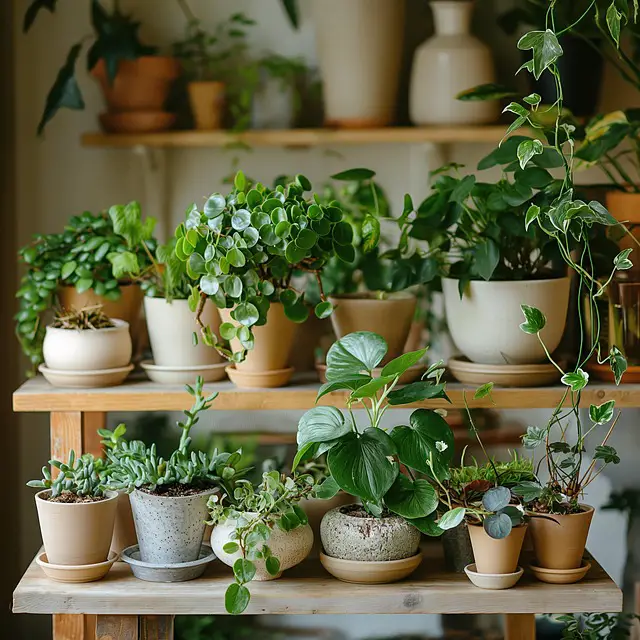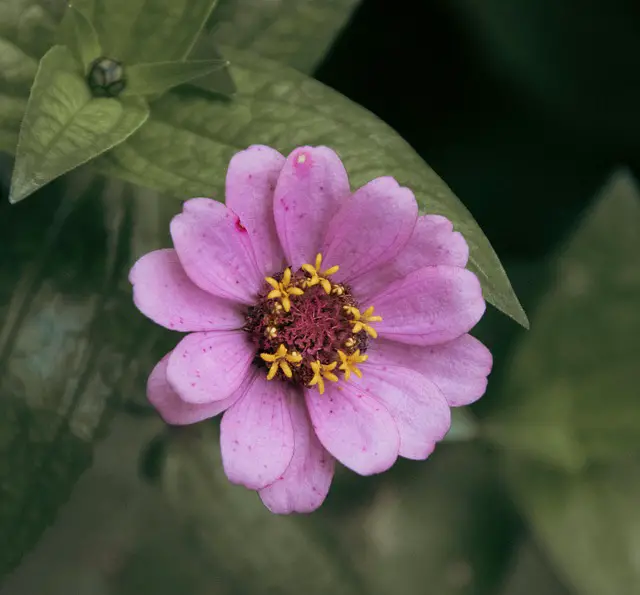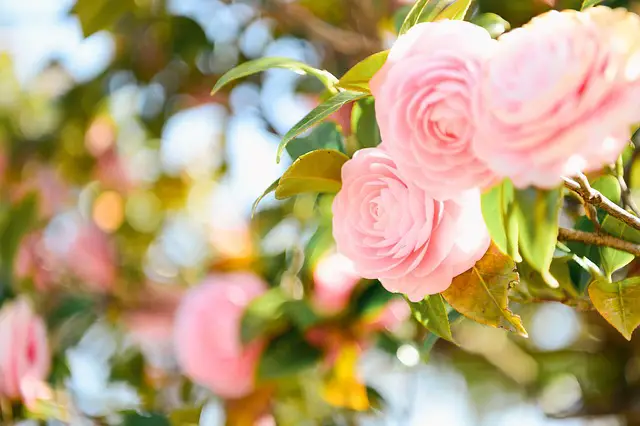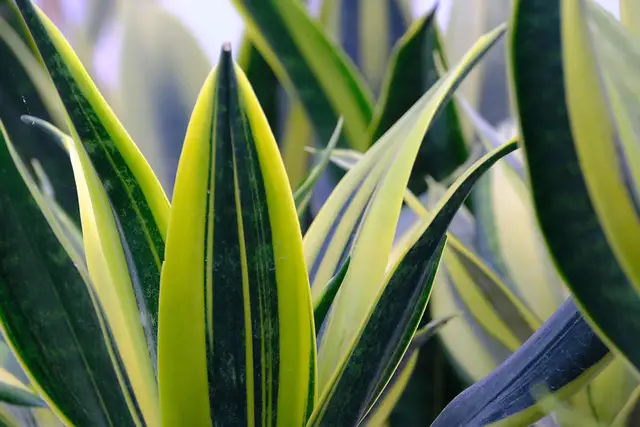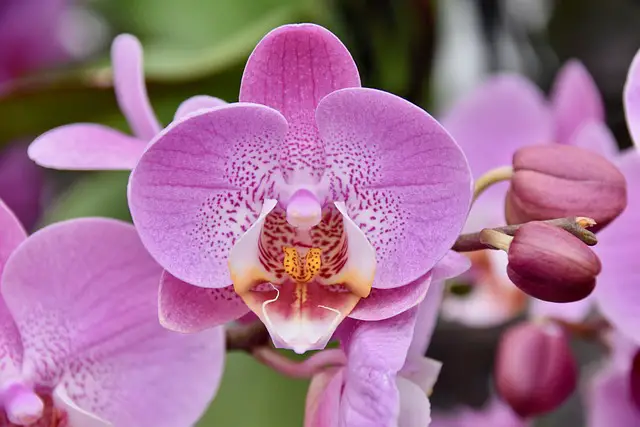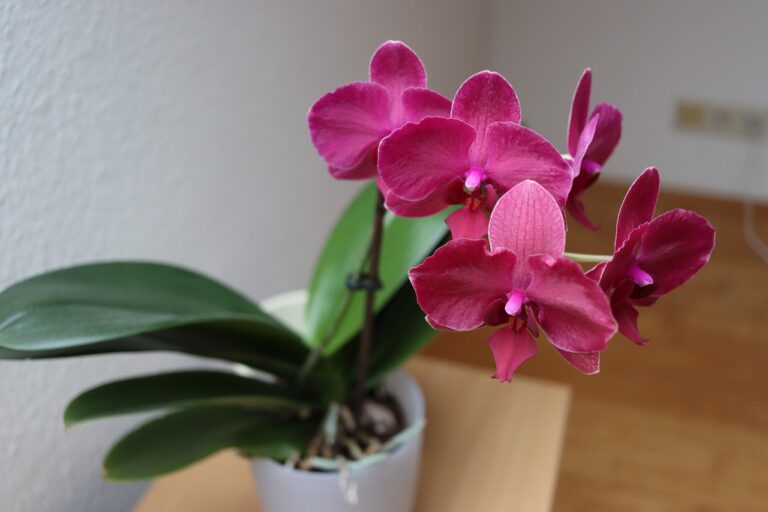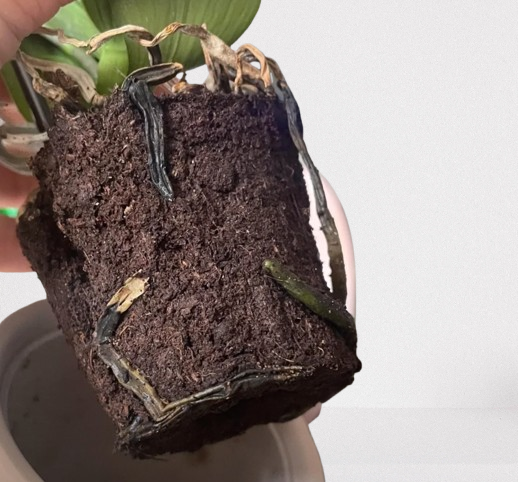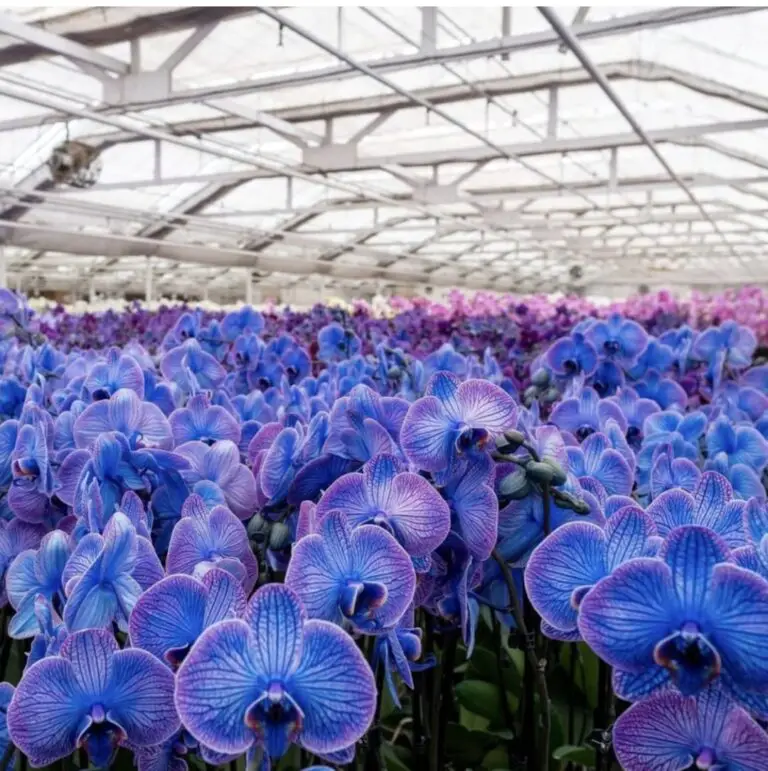Yellow Marigold is a beloved bloom that brings a burst of sunshine to gardens across the world. Known for its vibrant golden petals and hardy nature, the yellow marigold is more than just a pretty flower—it’s a gardener’s favorite for pest control, ceremonial use, and effortless beauty. Whether you’re a seasoned gardener or a novice with a green thumb, unlocking the full potential of this radiant plant can transform your outdoor space into a flourishing floral haven.
But did you know there are little-known techniques that can dramatically increase the size and quantity of your marigold blooms? From soil secrets to smart pruning practices, this guide reveals 20 shocking tips for huge blooms that go beyond the basics. Get ready to discover tried-and-true gardening hacks, surprising fertilizer choices, and overlooked environmental tweaks that can make your yellow marigolds the star of your garden all season long.
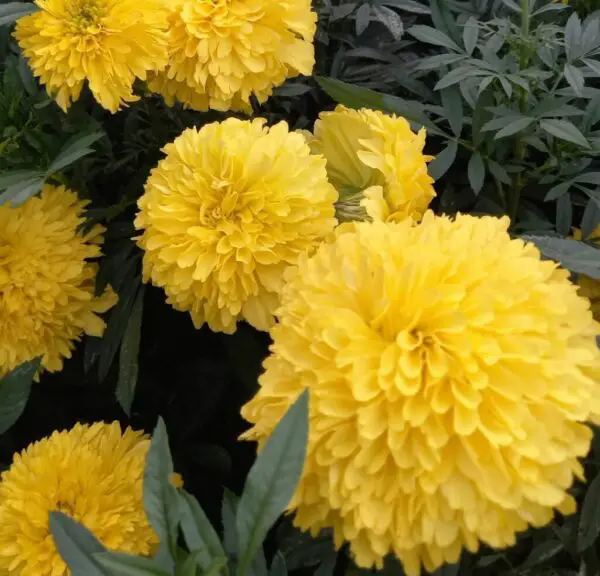
- 1 1. Start with the Right Seeds
- 2 2. Pre-Soak Seeds Before Planting
- 3 3. Use Light, Well-Draining Soil
- 4 4. Add Compost or Organic Matter
- 5 5. Plant in Full Sun—No Exceptions
- 6 6. Mind the Spacing
- 7 7. Pinch Early for Bushier Plants
- 8 8. Water Deeply but Infrequently
- 9 9. Mulch Smartly
- 10 10. Deadhead Religiously
- 11 11. Use a Phosphorus-Rich Fertilizer
- 12 12. Try Epsom Salt Spray
- 13 13. Keep Aphids and Spider Mites Away
- 14 14. Rotate Locations Each Year
- 15 15. Support Tall Varieties
- 16 16. Avoid Over-Fertilizing
- 17 17. Prune Midseason for a Second Wind
- 18 18. Save Seeds from the Biggest Blooms
- 19 19. Attract Pollinators
- 20 20. Talk to Your Plants—Seriously!
- 21 Final Thoughts
- 22 FAQs on Yellow Marigold
1. Start with the Right Seeds
The secret to giant marigold blooms starts with the right genetics. Opt for African marigold varieties like Crackerjack or Inca II Yellow. These cultivars are specifically bred for their tall stature and massive flower heads, setting the stage for show-stopping garden displays that regular French marigolds can’t compete with.
2. Pre-Soak Seeds Before Planting
Pre-soaking your seeds overnight in lukewarm water speeds up the germination process dramatically. This technique softens the hard seed coat, allowing the embryo to sprout faster. It’s a simple trick that gives your marigolds an early advantage and ensures uniform sprouting, especially in cooler or compacted soil conditions.
3. Use Light, Well-Draining Soil
Soil structure plays a major role in plant health. Marigolds hate waterlogged conditions, which can lead to root rot and fungal issues. Combine garden soil with compost, perlite, or coarse sand to ensure proper drainage. Light, crumbly soil helps the roots spread out, improving nutrient uptake and flower size.
4. Add Compost or Organic Matter
Think of compost as gourmet food for your plants. Mixing in aged manure or well-rotted organic matter a week before planting enriches the soil with essential nutrients. This organic boost improves moisture retention and soil structure, providing a steady nutrient supply throughout the marigold’s blooming cycle.
5. Plant in Full Sun—No Exceptions
Sunlight is non-negotiable for marigolds. These sun-loving annuals require a minimum of 6 to 8 hours of direct sunlight daily to produce maximum blooms. Without it, they become leggy, pale, and produce few flowers. A sunny spot also helps prevent fungal diseases that thrive in damp, shaded areas.
6. Mind the Spacing
Crowding marigolds is a recipe for poor air circulation and fungal problems. Proper spacing—12 to 18 inches for larger African marigolds—gives each plant ample room to grow. It also allows sunlight to reach the base of the plant, encouraging more branching, which translates to more blooms per stem.
7. Pinch Early for Bushier Plants
Pinching young marigold seedlings helps them grow bushier and fuller. Once your plant reaches 6 inches in height, remove the top inch of growth. As a result, the plant is forced to produce more flower-producing stems by growing side branches.It’s an easy trick for turning spindly stems into bloom machines.
8. Water Deeply but Infrequently
Marigolds prefer deep, infrequent watering over shallow, daily sprinkles. This encourages the roots to grow deep into the soil, which builds drought resistance and stronger plants. Water only when the top inch of soil is dry, and always at the base to prevent wetting the foliage, which invites disease.
9. Mulch Smartly
Mulching helps regulate soil temperature, retain moisture, and suppress weeds—but it must be done right. Use straw, shredded bark, or compost as mulch, keeping it a few inches away from the plant’s stem. Piling mulch too closely can lead to stem rot and restrict airflow to the roots.
10. Deadhead Religiously
Deadheading is a game-changer for marigold production. As soon as blooms begin to fade, snip them off to redirect energy into producing new flowers instead of seeds. Regular deadheading stimulates constant blooming, ensuring your marigold plant keeps producing oversized, vibrant flowers all season long without wearing itself out.
11. Use a Phosphorus-Rich Fertilizer
Select a fertiliser with a high phosphorus content (the middle number in an N-P-K ratio) to optimise flower size. While nitrogen promotes leaf growth, phosphorus stimulates strong root systems and prolific blooming. A bloom booster formula applied every 2 to 3 weeks will deliver lush, oversized yellow flowers with robust stems.
12. Try Epsom Salt Spray
Epsom salt (magnesium sulfate) is an underrated plant supplement. Mix 1 tablespoon with a gallon of water and spray on your marigolds monthly. Magnesium aids in chlorophyll production and nutrient absorption, resulting in more vibrant foliage and bigger, more colorful blooms. It’s especially useful in magnesium-deficient soils.
13. Keep Aphids and Spider Mites Away
While marigolds repel many pests, they can still fall victim to aphids and spider mites. These insects suck sap from the leaves, weakening the plant. Inspect regularly and use neem oil or insecticidal soap to control infestations naturally without harming pollinators. Healthy plants bloom bigger and more frequently.
14. Rotate Locations Each Year
Planting marigolds in the same soil every season encourages soil-borne diseases and pest buildup. Practice crop rotation by changing their location each year. This improves soil health, reduces disease pressure, and allows you to amend the soil more effectively, setting the stage for even larger flowers.
15. Support Tall Varieties
Some African marigolds grow over three feet tall and may topple in heavy wind or rain. Use garden stakes, bamboo sticks, or small tomato cages to support their growth. Proper support not only prevents breakage but also helps direct the plant’s energy into upward growth and bigger blooms.
16. Avoid Over-Fertilizing
Excessive nitrogen fertiliser, in particular, results in luxuriant foliage at the expense of blossoms.Overfed marigolds may look green and healthy but will disappoint when it comes to flowers. Follow a strict feeding schedule and choose balanced or phosphorus-heavy formulas to keep blooming front and center.
17. Prune Midseason for a Second Wind
If your marigolds look tired by midsummer, give them a gentle trim. To encourage new branching and a second flowering cycle, prune back up to one-third of the plant. For a quick recovery and a spectacular finale of enormous blooms, combine cutting with sparing fertilisation and watering.
18. Save Seeds from the Biggest Blooms
Let a few of your most impressive blooms dry out naturally on the plant. Harvest the seeds, label them, and store them in a cool, dry place. Next season, plant these saved seeds for a genetically superior crop that’s naturally inclined to produce large, vibrant flowers.
19. Attract Pollinators
Although marigolds are self-pollinating, attracting bees and butterflies to your garden helps with flower production and plant health. Companion plants like lavender, salvia, and zinnias create a pollinator-friendly environment. A thriving ecosystem encourages more blooming and keeps your garden buzzing with life and color.
20. Talk to Your Plants—Seriously!
It might sound far-fetched, but studies suggest that sound vibrations—like your voice or soft classical music—can positively affect plant growth. While the science is still emerging, countless gardeners swear by it. Besides, spending time among your plants fosters mindfulness, which is a win-win for both you and your blooms.
Final Thoughts
There’s nothing quite like a lush bed of yellow marigolds dancing in the breeze. They brighten up any space, fight off garden pests, and uplift your mood. By following these 20 powerful and sometimes surprising tips, you’ll cultivate huge, healthy marigold blooms that turn heads and warm hearts
FAQs on Yellow Marigold
1. What is Yellow Marigold?
Yellow Marigold is a vibrant, golden-yellow flowering plant known for its bright color and easy maintenance. The Yellow Marigold is commonly used in gardens, floral arrangements, and traditional ceremonies due to its eye-catching hue and natural pest-repelling properties.
2. Where can I plant Yellow Marigold?
Yellow Marigold thrives best in full sunlight and well-drained soil. Whether planted in garden beds or containers, Yellow Marigold adds a cheerful touch to outdoor and indoor spaces. It’s a versatile flower that adapts well to most environments with adequate sunlight and watering.
3. How often should I water Yellow Marigold?
Yellow Marigold requires moderate watering.When the top inch of soil seems dry, water the plant. Overwatering can lead to root rot, so ensure the Yellow Marigold is in a well-drained pot or soil bed. Consistent moisture helps maintain its vibrant blooms.
4. Can Yellow Marigold be grown indoors?
Yes, Yellow Marigold can be grown indoors if it receives sufficient sunlight. Place your Yellow Marigold near a south-facing window for the best results. Its bright blooms make it a perfect indoor decorative plant that also helps purify the air naturally.
5. Is Yellow Marigold used in religious ceremonies?
Yellow Marigold holds cultural and spiritual significance in many regions. It’s often used in garlands, offerings, and decorations during religious festivals. The Yellow Marigold symbolizes purity, positivity, and devotion, making it a common sight in spiritual and ceremonial contexts.
6. What pests affect Y Marigold?
Y Marigold is naturally pest-resistant, but it can occasionally attract aphids or spider mites. Regular inspection and natural sprays can keep your Y Marigold healthy. This flower’s strong scent often deters more aggressive garden pests and keeps other plants safe.
7. How do I propagate Y Marigold?
Y Marigold can be easily propagated from seeds. Collect dried flower heads and store the seeds in a cool, dry place. When planting season arrives, sow the Y Marigold seeds directly into the soil, and water lightly to encourage germination.
8. How long does Y Marigold bloom?
Y Marigold blooms last from spring until the first frost. With regular deadheading and care, your Y Marigold will continue producing flowers for several months. Its long blooming period makes it a favorite among gardeners seeking consistent color throughout the growing season.
9. Are there different types of Y Marigold?
Yes, several varieties of Y Marigold exist, including African and French types. Each variety of Yellow Marigold differs slightly in size, petal shape, and fragrance. However, all offer the signature golden hue and are suitable for both decorative and agricultural purposes.
10. Can Y Marigold be used for natural dyes?
Y Marigold petals are rich in pigments that can be used to create natural dyes. Crafters and artists use Y Marigold for coloring fabrics and papers. The flower’s natural vibrancy offers an eco-friendly alternative to synthetic dyes in many creative applications.
11. Is Y Marigold edible?
While not commonly consumed, Y Marigold petals are considered edible in small amounts and can be used to garnish salads or desserts. The Yellow Marigold should be grown organically if intended for culinary use to avoid contamination from pesticides or chemicals.
12. How do I care for Y Marigold in the winter?
In colder climates, Y Marigold may not survive frost. To protect your Yellow Marigold, either grow it in pots that can be moved indoors or collect seeds for replanting in spring. Proper insulation or indoor growing options can extend its life.
13. What are the benefits of planting Y Marigold?
Planting Y Marigold enhances garden beauty, repels pests, and improves pollination.Beneficial creatures like bees and butterflies are drawn to its vibrant blooms.Y Marigold is a low-maintenance plant that brings both visual charm and ecological benefits to any green space.
14. Does Y Marigold require fertilizer?
While not mandatory, occasional feeding with a balanced fertilizer boosts the growth of Y Marigold. Avoid over-fertilizing, as it can reduce blooming. A well-fed Y Marigold produces lusher leaves and more vibrant flowers throughout the growing season.
15. Can I use Y Marigold in landscaping?
Yes, Y Marigold is widely used in landscaping for borders, flower beds, and pathway linings. Its uniform height and bright color make Yellow Marigold ideal for structured or free-form designs, bringing color harmony and neatness to outdoor settings.
16. How tall does Y Marigold grow?
Depending on the variety, Y Marigold can grow between 6 inches and 3 feet tall. Dwarf varieties are perfect for small spaces, while taller Y Marigold plants make stunning backdrops in garden layouts. Regular pruning can help maintain desired height.
17. What kind of soil is best for Y Marigold?
Well-draining soil with a neutral pH is best for Y Marigold. Avoid waterlogged areas, as root rot can occur. Amending the soil with compost before planting helps ensure healthy Yellow Marigold growth and long-lasting flower production.
18. Why is my Y Marigold not blooming?
If your Y Marigold isn’t blooming, it may need more sunlight, proper fertilization, or deadheading. Ensure your Y Marigold gets full sun and avoid overfeeding nitrogen, which promotes foliage over flowers. Regular maintenance revives flowering quickly.
19. Can Y Marigold be used in companion planting?
Yes, Y Marigold is great for companion planting. It deters harmful insects and nematodes, helping protect crops like tomatoes, beans, and peppers. The Y Marigold’s natural properties make it a helpful partner in sustainable gardening practices.
20. Where can I buy Y Marigold seeds?
Y Marigold seeds are available at local nurseries, garden centers, and online stores. When purchasing Yellow Marigold seeds, opt for non-GMO, high-germination varieties. Buying from reputable suppliers ensures you get healthy, viable seeds for a successful planting season.

